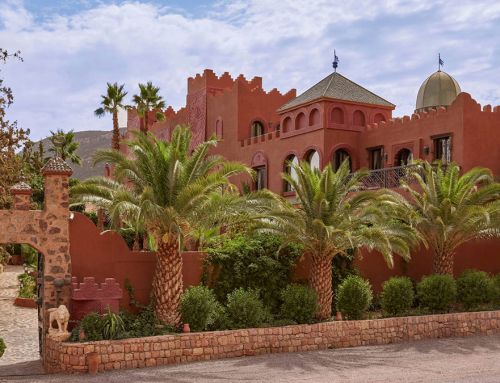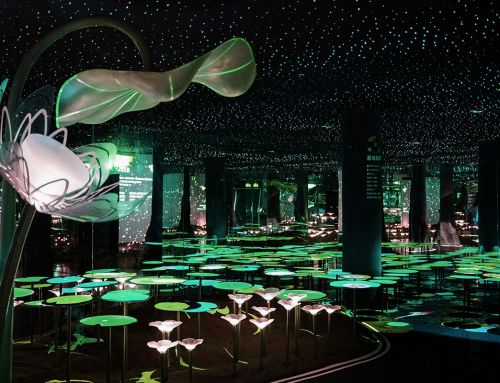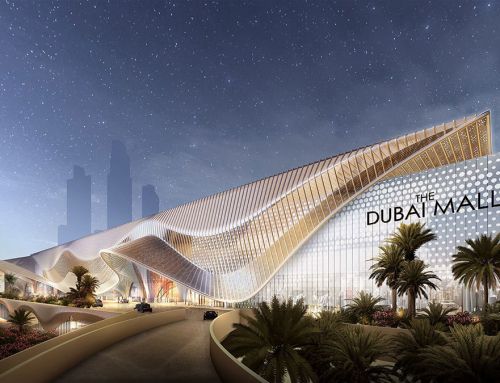We’re dedicating a few well-deserved lines to a fascinating urban planning project, a prototype of an ecological neighbourhood that respects the four pillars of the ecological city of the future, namely: energy self-sufficiency (…); the greening of buildings and the development of urban agriculture; soft mobility focused on pedestrians, two wheels and electric collective transport; social innovation through spaces for sharing between residents and solidarity services“. The architect firm Vincent Callebaut Architectures, from Paris, France, calls it The Greenhouses (literally Les Serres in French).


Architecture that transitions from indoors to outdoors
The “architectural bias” given to the project by its architects was that of a design that moves from the interior to the exterior or, as they put it, “from the interior of the family unit to the larger landscape”. Therefore, all the flats are south-facing to offer the best quality of life; at the same time, the layout of the dwellings places the living areas at the southern end, whilst the sleeping areas face north. In addition, all the buildings, staggered in cascading cascades, have views of the Alps, Lake Geneva and the Jura massif.


Design that integrates urban gardens
The balconies undoubtedly deserve a separate paragraph, as an extension of the living rooms, and as a consequence of the derivation of design from indoors to outdoors. These generous balconies are arranged in a staggered pattern to guarantee sunny conditions and include large planters for growing plants, like real domestic vegetable gardens. The vegetation planted in them also has a softening effect on daytime temperatures, which are reduced by evapotranspiration by between 3 and 5ºC. As if that were not enough, such vegetation filters solar radiation. Finally, “rain chains inspired by Feng Shui choreograph the gravity runoff of rainwater from the green roofs to the orchards in the ground via the landscaped balconies”.


Divisible grid architecture
From a structural point of view, the units are distributed according to a repetitive grid of 5.40 m on each side, divisible in turn into smaller units of 2.70 and 1.35 m, and a height between “finished levels” of 3.20 m. This structural division “makes it possible to imagine an evolving” or “reversible” architecture, as a 2.70 m unit will efficiently house both a master bedroom and an individual office. In this way, the use of the building becomes flexible enough to change from residential to office use according to needs and/or desires.


Ecological design and timber construction
The ventilation of the flats (or offices) is provided for naturally, by means of ducts that run vertically through the buildings over their entire height and redirect the wind. For cooling, a geothermal system is used. The hot air is carried under the foundations, where it is cooled by the thermal inertia of the earth, which remains constant at 18°C. It is then blown into the apartments. It is then blown into the flats, which represents an energy saving of 70% compared to traditional mechanical ventilation systems.
For the construction of The Greenhouses, Vincent Callebaut Architectures chose cross-laminated timber (CLT). After all, as is well known, the manufacturing process of CLT requires far less “primary energy” than that of concrete or steel and does not generate any greenhouse gases (whereas producing 1 tonne of concrete and steel generates 2.42 tonnes of CO2 and 0.938 tonnes of CO2 respectively). And, of course, the trees from which this CLT is produced come from sustainable forests. In addition, wood has the advantage of being “a real carbon sequestration sink“. And so it is, as every tonne of wood sequesters about 0.9 tonnes of carbon from the atmosphere.


Rooftops contributing to urban planning
Add to the above, and to the urban gardens on balconies, greenhouses, or “real small urban aquaponic farms“, which buildings incorporate on rooftops. Aquaponics is a symbiotic model of plant and fish farming; the fish feed the plants with the nitrate they deposit in the water and, in return, the plants purify the water and return it rich in oxygen to the fish tank. To top it all off, silicon photovoltaic cells integrated into the double glazing of the greenhouses produce electricity for self-sufficiency.


Environmental design for an eco-neighbourhood
It is probably a consequence of the manifest and conscious perspective that the architects of Vincent Callebaut Architectures pride themselves on, that the urban plan has been conceived as a “peaceful eco-district – without cars on the surface – (…) dedicated solely to pedestrians and cyclists“. Therefore, the parking infrastructures “are located almost exclusively under the footprint of the buildings and not between the buildings”.


As you can see, this is a model type of architecture. Imagine if we all lived in places like the one envisaged in this urban plan. Indeed, model architecture… and utopian. Isn’t it?
We encourage you to enjoy a moving perspective through this VIDEO.
Sources: Vincent Callebaut. Images: Vincent Callebaut.
OTHER NEWS
Newsletter




